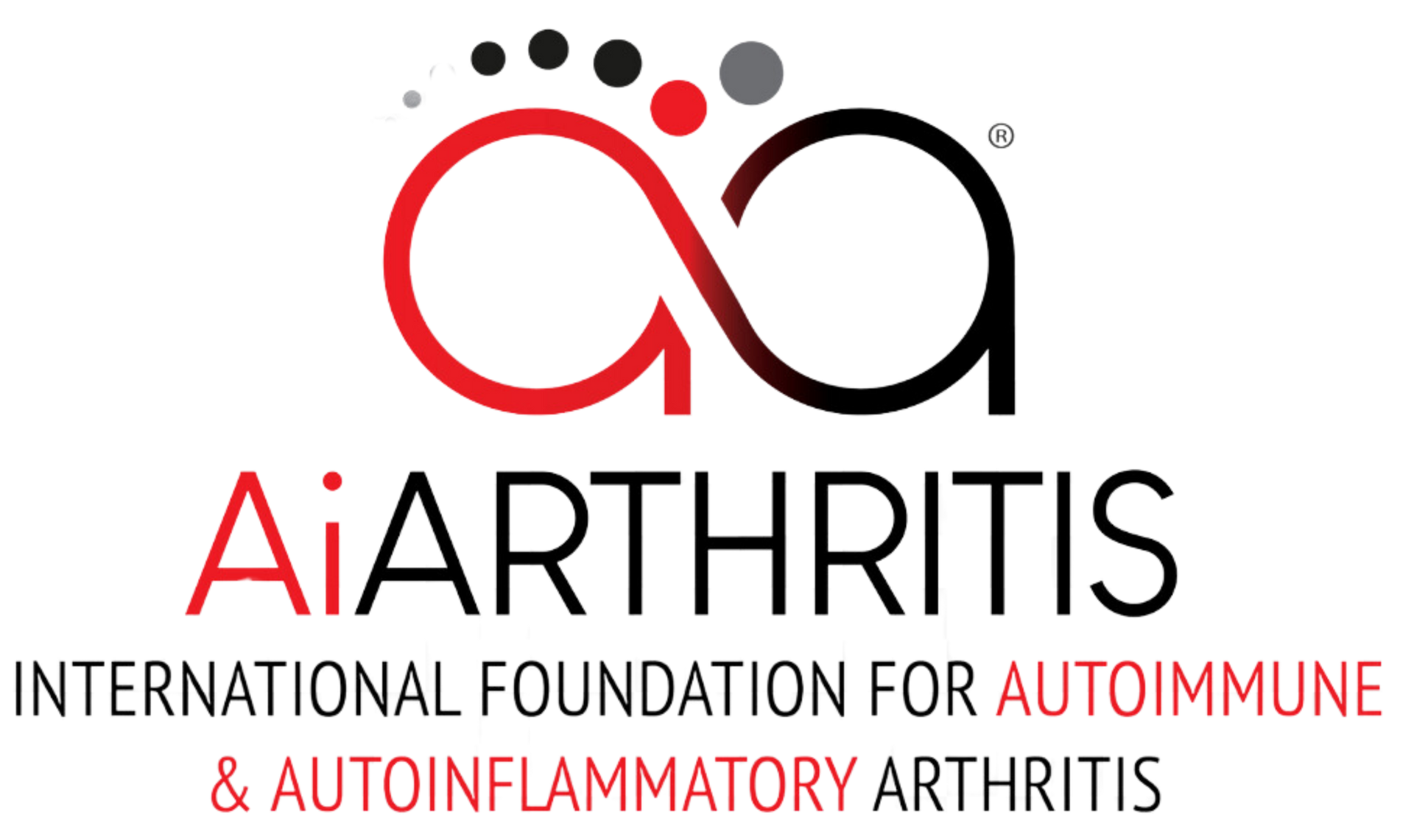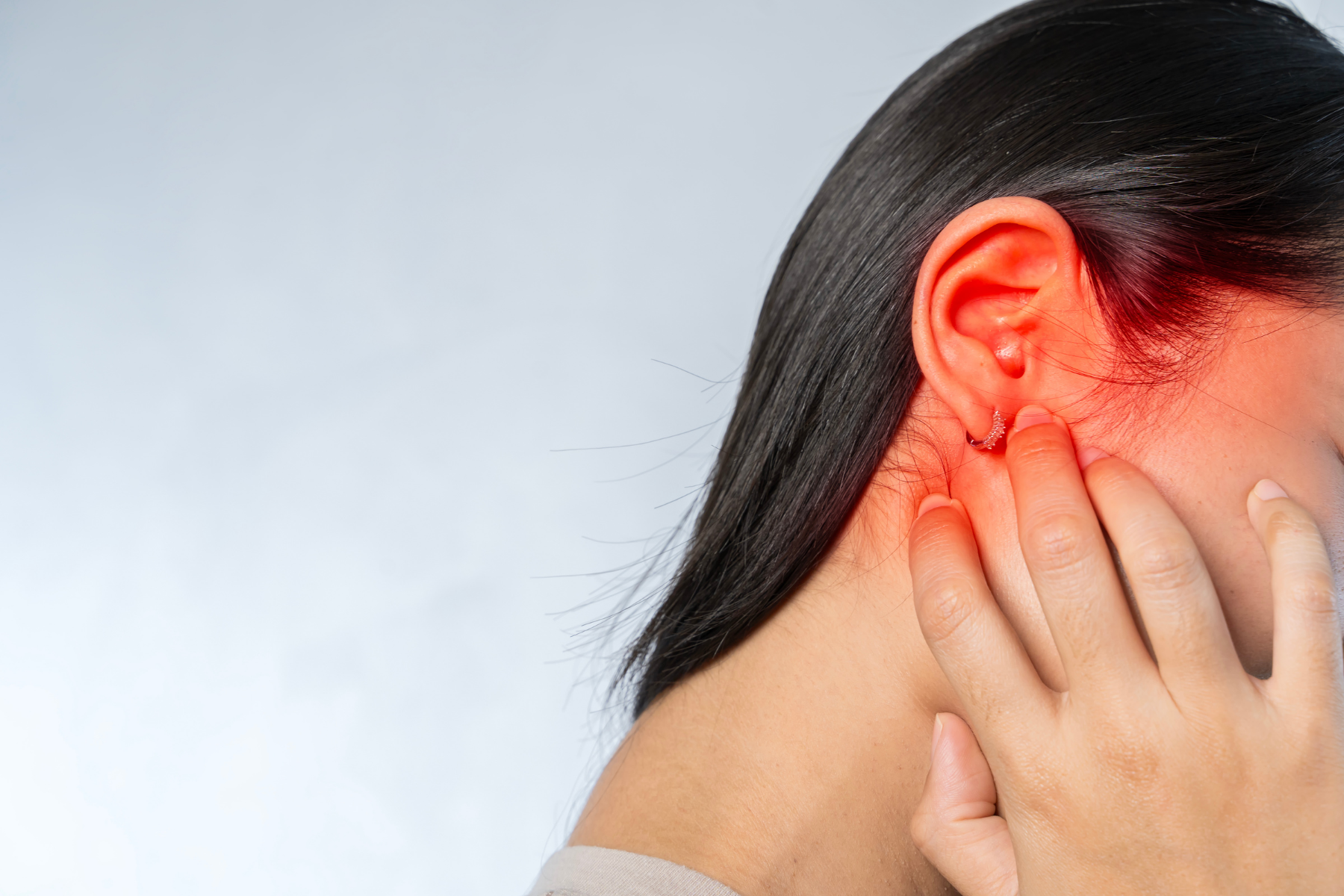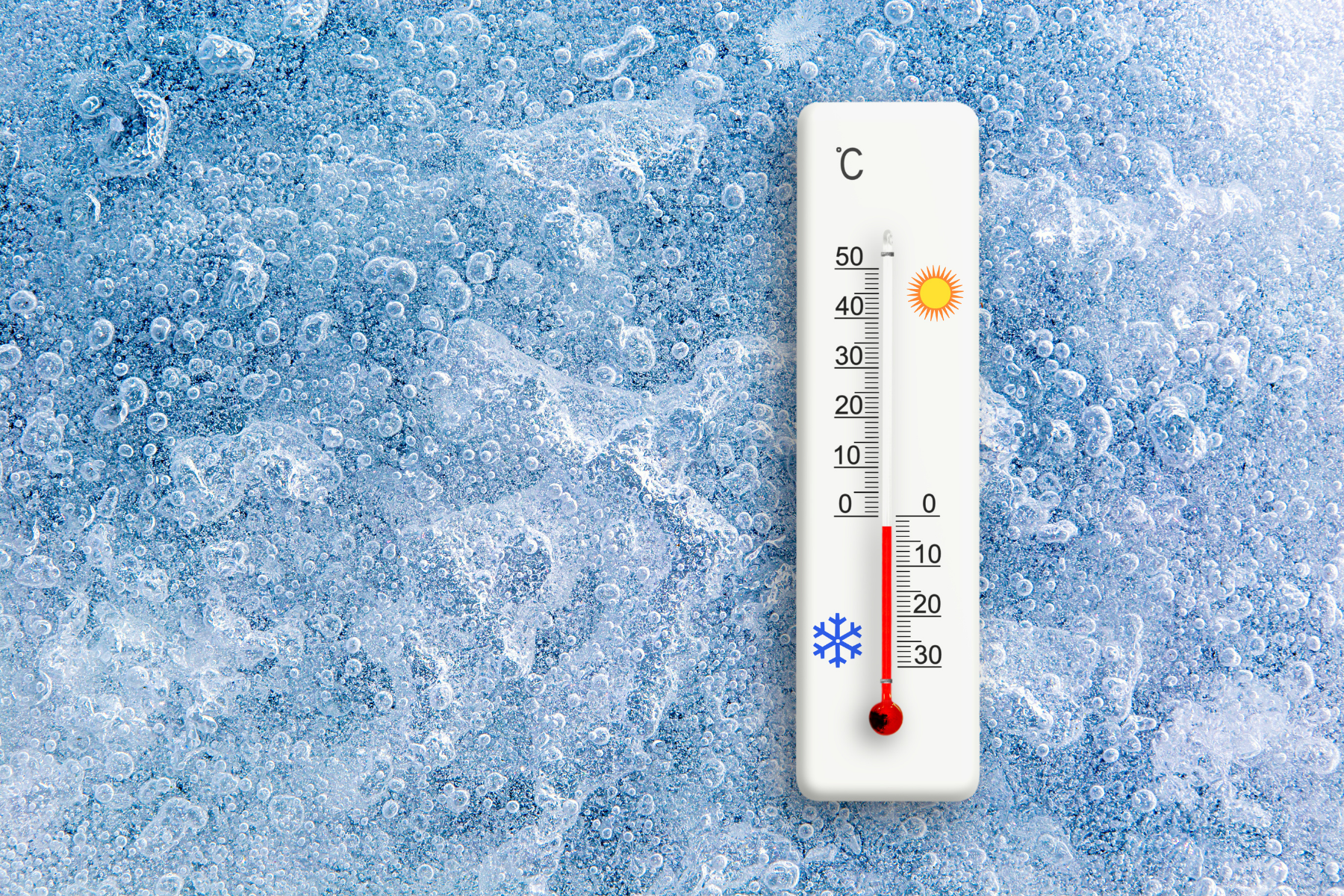Cryopyrin-Associated Periodic Syndromes (CAPS)
How to pronounce it:
Cryopyrin-Associated Periodic -
cry-oh-pEYE-rin
AiArthritis defines Cryopyrin-Associated Periodic Syndromes (CAPS) as:
Cryopyrin-Associated Periodic Syndromes (CAPS) are a group of rare genetic disorders characterized by recurrent episodes of inflammation and related symptoms. CAPS is caused by mutations in the NLRP3 gene, which provides instructions for making a protein called cryopyrin. Cryopyrin is involved in the regulation of the immune system, specifically in the process of inflammation.
There are three main conditions within the CAPS spectrum, which vary in terms of severity:
Familial Cold Autoinflammatory Syndrome (FCAS): This is the mildest form of CAPS. Symptoms are triggered or worsened by exposure to cold temperatures. Patients experience rash, fever, joint pain, and other signs of inflammation during these episodes.
Muckle-Wells Syndrome (MWS): MWS is a moderate form of CAPS. Symptoms are more persistent and may not always be triggered by cold exposure. Patients with MWS experience recurrent fever, rash, joint pain, and eye redness. Progressive hearing loss can also occur.
Chronic Infantile Neurological, Cutaneous, and Articular Syndrome (CINCA) or Neonatal-Onset Multisystem Inflammatory Disease (NOMID): CINCA/NOMID is the most severe form of CAPS. Symptoms begin in infancy and include rash, joint swelling, chronic meningitis, and skeletal abnormalities. Neurological symptoms are also common, leading to developmental delays.
Symptoms & Characteristics
Common in All AiArthritis Diseases
Flares: Periods of worsening symptoms are called flares. A flare can last for hours, days, weeks, or months.
Physical Activity: Condition improves with activity and exercise and worsens with rest.
Comorbidities: When inflammation is left uncontrolled due to lack of proper treatment, comorbidities can develop. 70% of patients with chronic, lifelong disease will develop comorbidities, including dual or triple diagnoses.
Family History:
Autoimmune diseases often run in families, indicating a potential genetic predisposition where that gene can cause disease. Autoinflammatory diseases can occur multiple times in a family, but is based off of genetic mutation. It is not a gene that causes the disease— but a mutation on the gene that can cause the disease which can then be passed on to the next generation.
"Auto" Symptoms
Fatigue: Severe fatigue or exhaustion that may not be helped by caffeine/stimulants and can happen even after a long period of rest.
Cognitive Dysfunction: Brain fog or periods of time where thinking gets clouded and it becomes difficult to concentrate.
Flu-like symptoms: Without having the flu- nausea, muscle weakness, and general malaise.
Fever: Typically low grade in autoimmune (with exception of juvenile idiopathic arthritis) and higher grade in autoinflammatory (% strongly varies per disease).
Reference: Early Symptoms of AiArthritis Study, AiArthritis, 2019.
Inflammatory Arthritis Symptoms
Stiffness: Severe stiffness in one or more joints, especially in the morning or after sitting for long periods of time.
Joint Pain: Episodes of joint pain that may last for hours, days, or even weeks, that can appear and disappear suddenly. Often described as “jumping pain” into different locations.
Typically the joint pain will coincide with one or more “Auto” symptoms and start and stop suddenly - for no apparent reason (which is called a "flare"). Some people will experience all of the above symptoms, others only a few.
If you have any of the arthritis features, and at least one of the “Auto” features, please consult your physician about a referral to a specialist.
Symptoms Often Associated with CAPS
- Familial Cold Autoinflammatory Syndrome (FCAS): Rash triggered by cold, muscle aches, eye redness
- Muckle-Wells Syndrome (MWS): Skin lesions, cold sensitivity, amyloidosis, hearing loss
- Chronic Infantile Neurological, Cutaneous, and Articular Syndrome (CINCA) or Neonatal-Onset Multisystem Inflammatory Disease (NOMID): Non-itchy hives, headaches, bulging eyes, organ inflammation, hearing loss, developmental delays
Diagnosing Cryopyrin-Associated Periodic Syndromes (CAPS)
There’s no single test that can confirm a Cryopyrin-Associated Periodic Syndrome (CAPS) diagnosis, so rheumatologists rely on a combination of physical exams, blood and urine tests, genetic testing, and imaging (such as MRI). Family history of autoimmune or autoinflammatory diseases is also considered.
For a more definitive diagnosis, additional tests may include skin biopsies, lumbar punctures, and hearing or eye exams, especially when neurological or sensory symptoms are present. Genetic testing is often critical in diagnosing CAPS, as it can identify mutations in the NLRP3 gene commonly associated with the condition.
While there are no specific ACR or EULAR guidelines for CAPS, both organizations emphasize the importance of genetic testing and comprehensive clinical evaluation to differentiate CAPS from other autoinflammatory syndromes, ensuring an accurate diagnosis and proper treatment approach.
Cryopyrin-Associated Periodic Syndromes (CAPS)Treatment Options
Treatment OptionsTreatments are tailored to each individual's disease, but visit our Treatment Options page to learn more about the different types of treatments that are used for CAPS.
What Fellow Cryopyrin-Associated Periodic Syndromes (CAPS) Patients Want You to Know
Submit YOUR AdviceWe need YOUR advice! Fill out this form to give peer advice to those with your disease.
Interesting Facts about Cryopyrin-Associated Periodic Syndromes (CAPS)
CAPS was identified in the early 2000s as a group of related autoinflammatory disorders caused by mutations in the NLRP3 gene, which affects the cryopyrin protein. The name reflects the shared cause (“Cryopyrin-Associated”) and the recurring nature of the inflammatory symptoms.
Cryopyrin-Associated Periodic Syndromes (CAPS) Awareness Days/Months
- World Autoimmune and Autoinflammatory Arthritis Day - May 20th
- Rare Disease Day - February 29th (28th)
- Autoimmune Awareness Month - March
- Rheumatic Disease Awareness Month - September
- Pain Awareness Month - September
- Chronic Disease Awareness Day - July 10th
- Invisible Disabilities Week - 3rd full week of October
Other Cryopyrin-Associated Periodic Syndromes (CAPS) Resources
AiArthritis Resources- National Organization for Rare Disorders -Familial Cold Autoinflammatory Syndrome
- National Organization for Rare Disorders - Muckle-Wells Syndrome
- National Organization for Rare Disorders - Neonatal-Onset Multisystem Inflammatory Disease also known as Chronic Infantile Neurologic Cutaneous Articular (CINCA)
- Autoinflammatory Alliance (formerly NOMID Alliance)
In an effort to ensure this page has the most accurate and up-to-date information, this page is currently awaiting medical review. Some information is subject to change.
Page Last Updated: 10/31/2024




